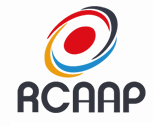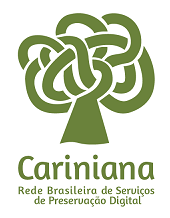Uses of mechanically separated chicken meat for production from protein hydrolysates different proteolytic enzymes
DOI:
https://doi.org/10.5433/1679-0359.2014v35n1p291Keywords:
Mechanically deboned meat (MDM), Protein hydrolyzate, Enzymatic hydrolysis.Abstract
The use of hydrolyzed protein, derived from animal and vegetable sources, in specific formulations, is an area of growing interest. The aim of this study was to develop different powder hydrolysates with high protein value, from the enzymatic hydrolysis of mechanically deboned meat (MDM), a byproduct of the poultry industry, which can be a low-cost source for the production of these hydrolysates. The raw material used was frozen poultry mechanically deboned meat (MDM) purchased from an abattoir in southern Brazil, before use it was thawed under refrigeration and homogenized in a processor by 2 minutes. Three commercial enzymes were used, Papain, Protamex® and Flavourzyme®. The hydrolysis occurred in a thermostatized bath with temperature, time and pH controlled. Proximal composition of the raw material and lyophilized hydrolysates, control analysis such as hydrolysis degree of hydrolysis, protein, total solids, ash and amino acid characterization of the hydrolysates were performed. The results were evaluated by analysis of variance and Tukey’s averages test. The hydrolyzed obtained from the papain enzyme showed the best behavior, followed by Protamex and Flavourzyme. The hydrolysates from papain enzyme had higher protein content, soluble solids and lower ash content compared to other hydrolysates. The amino acid composition showed that the hydrolyzate from papain has a closer composition to what is recommended by the control organs. It was concluded that the protein hydrolysates obtained from mechanically deboned chicken had high protein content characterizing them as a promising raw material in the formulation of special diets.
Downloads
Downloads
Published
How to Cite
Issue
Section
License
Semina: Ciências Agrárias adopts the CC-BY-NC license for its publications, the copyright being held by the author, in cases of republication we recommend that authors indicate first publication in this journal.
This license allows you to copy and redistribute the material in any medium or format, remix, transform and develop the material, as long as it is not for commercial purposes. And due credit must be given to the creator.
The opinions expressed by the authors of the articles are their sole responsibility.
The magazine reserves the right to make normative, orthographic and grammatical changes to the originals in order to maintain the cultured standard of the language and the credibility of the vehicle. However, it will respect the writing style of the authors. Changes, corrections or suggestions of a conceptual nature will be sent to the authors when necessary.













